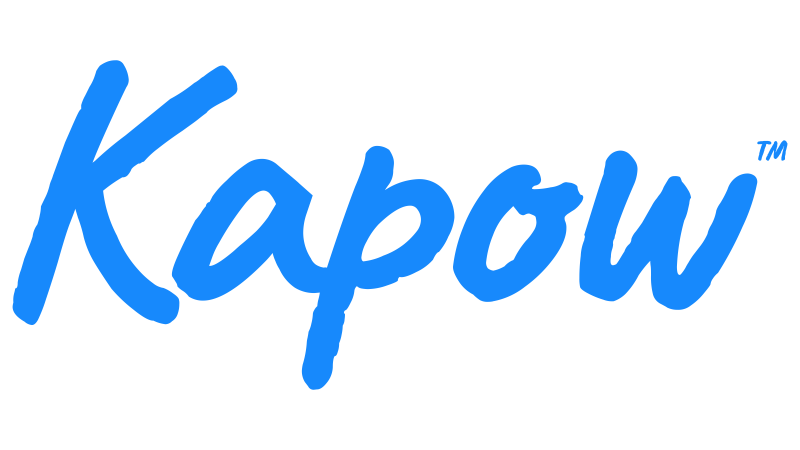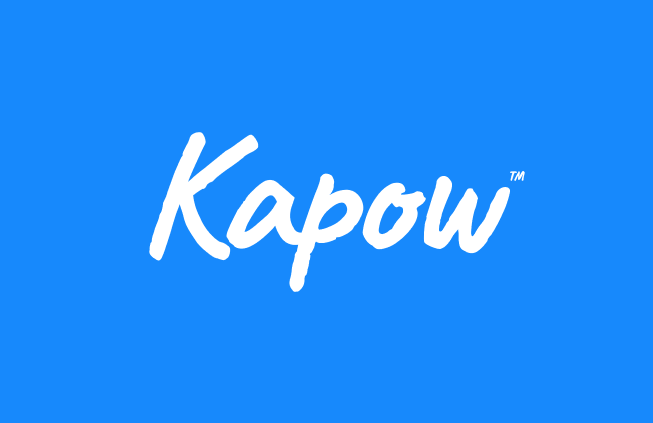Learning intention
- To explore plaiting, threading and knotting techniques.
Success criteria
- I can try something new to me.
- I can
This content is for subscribers only. Join for access today.
Cambridge Primary Art & Design (0067) Learning objectives
Experiencing
E.01 Encounter, sense,
This content is for subscribers only. Join for access today.
Before the lesson
This content is for subscribers only. Join for access today.
Lesson plan
Recap and Recall
Show the Presentation: What am I? and tell learners to look at the pictures.
This content is for subscribers only. Join for access today.
Extended-mode explainer videos
How to extend your display to view the lesson page and preseantion mode simultaneously. Choose your operating system below to watch the video
If you need further support with extending your display,
please contact [email protected].
Differentiation
Learners needing support:
- Could receive support to get started.
- Could work in groups, so that children can work alongside more confident learners.
- Should receive praise for their efforts to try again when things do not go right the first time.
Learners working at a stretch:
- Should try out new ideas using the techniques; for example, plaiting with fabric or combining more than three strands to plait, tying more than one kind of knot or thinking about pattern and colour combinations when threading.
This content is for subscribers only. Join for access today.
Assessing progress and understanding
Learners with secure understanding can:
- Try a new technique.
- Choose materials based on colour,
This content is for subscribers only. Join for access today.
Vocabulary definitions
-
knot
A way of fastening a material by passing one end of it through a loop and pulling it tight.
-
plait
Join three threads in a special pattern.
This content is for subscribers only. Join for access today.
In this unit
Lesson 1: Is it art?
Lesson 2: Wool wrapping
Lesson 3: Exploring thread
Lesson 4: Warp and weft
Lesson 5: Fibre art

